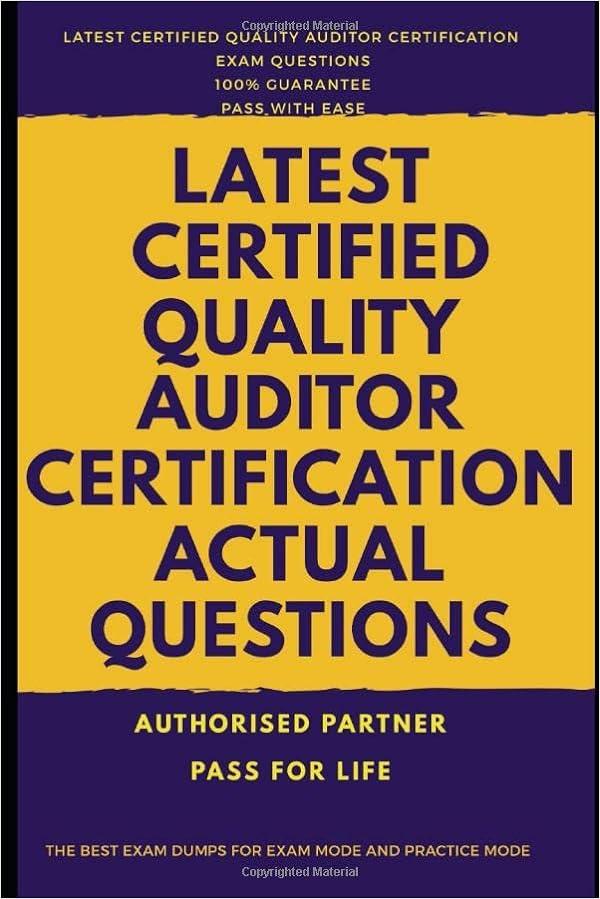Question
Differential Analysis for a Lease or Sell Decision Burlington Construction Company is considering selling excess machinery with a book value of $280,000 (original cost of
Differential Analysis for a Lease or Sell Decision
Burlington Construction Company is considering selling excess machinery with a book value of $280,000 (original cost of $401,800 less accumulated depreciation of $121,800) for $274,200, less a 5% brokerage commission. Alternatively, the machinery can be leased for a total of $285,300 for five years, after which it is expected to have no residual value. During the period of the lease, Burlington Construction Company's costs of repairs, insurance, and property tax expenses are expected to be $24,900.
a. Prepare a differential analysis dated January 15 to determine whether Burlington Construction Company should lease (Alternative 1) or sell (Alternative 2) the machinery. If required, use a minus sign to indicate a loss.
| Differential Analysis | |||
| Lease (Alt. 1) or Sell (Alt. 2) Machinery | |||
| January 15 | |||
| Lease Machinery (Alternative 1) | Sell Machinery (Alternative 2) | Differential Effects (Alternative 2) | |
| Revenues | $ | $ | $ |
| Costs | |||
| Profit (Loss) | $ | $ | $ |
Laredo Corporation is considering new equipment. The equipment can be purchased from an overseas supplier for $3,180. The freight and installation costs for the equipment are $610. If purchased, annual repairs and maintenance are estimated to be $380 per year over the four-year useful life of the equipment. Alternatively, Laredo Corporation can lease the equipment from a domestic supplier for $1,540 per year for four years, with no additional costs.
Prepare a differential analysis dated March 15 to determine whether Laredo Corporation should lease (Alternative 1) or purchase (Alternative 2) the equipment. (Hint: This is a lease or buy decision, which must be analyzed from the perspective of the equipment user, as opposed to the equipment owner.) If an amount is zero, enter "0".
| Differential Analysis | |||
| Lease (Alt. 1) or Buy (Alt. 2) Equipment | |||
| March 15 | |||
| Lease Equipment (Alternative 1) | Buy Equipment (Alternative 2) | Differential Effects (Alternative 2) | |
| Costs: | |||
| Purchase price | $ | $ | $ |
| Freight and installation | |||
| Repair and maintenance (4 years) | |||
| Lease (4 years) | |||
| Total costs | $ | $ | $ |
Smart Stream Inc. uses the total cost method of applying the cost-plus approach to product pricing. The costs of producing and selling 3,500 units of cell phones are as follows:
| Variable costs per unit: | Fixed costs: | |||
| Direct materials | $ 88 | Factory overhead | $155,400 | |
| Direct labor | 40 | Selling and administrative expenses | 54,600 | |
| Factory overhead | 26 | |||
| Selling and administrative expenses | 22 | |||
| Total variable cost per unit | $176 | |||
Smart Stream desires a profit equal to a 14% return on invested assets of $472,000.
a. Determine the total costs and the total cost amount per unit for the production and sale of 3,500 cellular phones. Round the cost per unit to two decimal places.
| Total cost | $ |
| Total cost amount per unit | $ |
b. Determine the total cost markup percentage for cellular phones. Round your answer to two decimal places. %
c. Determine the selling price of cellular phones. Round to the nearest cent. $ per cellular phone
Step by Step Solution
There are 3 Steps involved in it
Step: 1

Get Instant Access to Expert-Tailored Solutions
See step-by-step solutions with expert insights and AI powered tools for academic success
Step: 2

Step: 3

Ace Your Homework with AI
Get the answers you need in no time with our AI-driven, step-by-step assistance
Get Started


